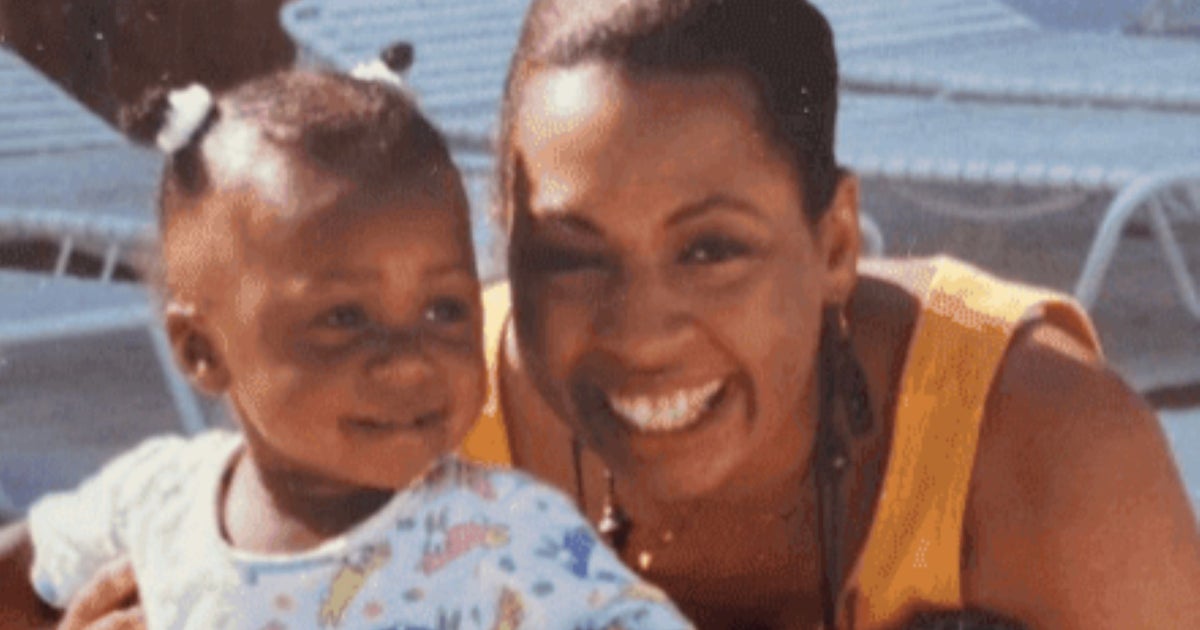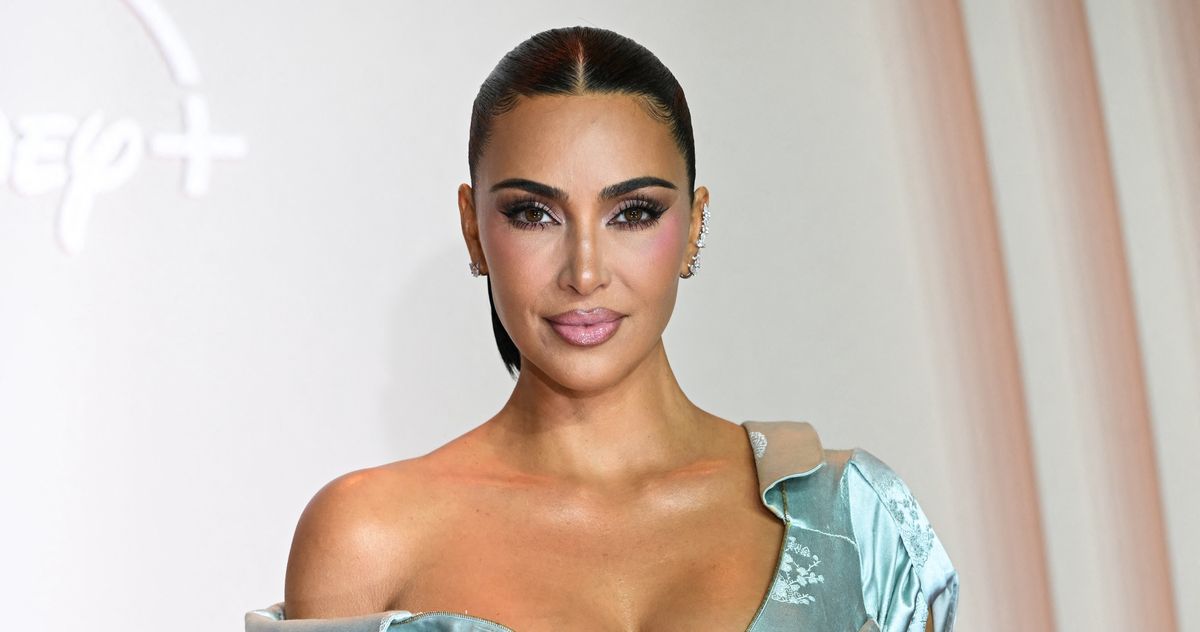Just when we thought we were finally done with the whirlwind saga of the alleged 2019 hate crime against Empire actor Jussie Smollett—“whirlwind,” of course, being a reference to the shocking twist that Smollett might have been lying about the whole thing—Netflix, in customary fashion, has come a knockin’. A new documentary, The Truth About Jussie Smollett?, which premiered on Friday, seeks to answer its own titular question once and for all. The documentary retells the erratic epic from two perspectives: that of those who maintain, like the Chicago courts decided, that Smollett definitely lied about being attacked by white men in the streets of Chicago, and those who have found so-called evidence that may prove the contrary. Below, I present to you a breakdown of the initial alleged hoax and all of the ways the new documentary is pushing against what we all thought we knew (or what we had forgotten because it was way too confusing to follow at the time).
Before we even begin to get into this new documentary, can you give me a brief rundown of the initial saga? It was so confusing!
On Jan. 29, 2019, Jussie Smollett—a Black, openly gay actor who had risen to popularity while on the hit Fox drama series Empire—filed a police report stating that he was the victim of a homophobic and racist hate crime while in downtown Chicago. He alleged that, as he was approaching his residence at around 2 a.m., two masked men, one of whom he said he believed to be white, had shouted racial and homophobic slurs at him, poured “an unknown substance” (which Smollett can be seen identifying as bleach in police bodycam footage that was released much later) on him, and tied a noose around his neck. Upon follow-up questioning, Smollett additionally alleged that the assailants had made references to Trump’s “Make America Great Again” slogan. Around this time, it was also revealed that the FBI was investigating a letter that had been sent to Fox’s offices in Chicago prior to the alleged attack. The letter was purportedly targeted at Smollett and contained an unidentified white powder. After news of the attack broke, Smollett received a large outpouring of support from fans and fellow notable figures, including Kamala Harris and Cory Booker, who both condemned the reported act as an example of an attempted modern-day lynching.
Chicago PD began investigating the report as a “possible hate crime” but failed to find significant photo or video footage of the incident, despite the area having a plethora of surveillance cameras. Early skepticism began to emerge online as people questioned Smollett’s recounting of events and cast suspicion upon his initial refusal to submit his cellphone to authorities. (He eventually did submit redacted phone records.) Despite the early doubters, Smollett maintained in his first statement after the alleged attack that he had been cooperating with the authorities and remained “100 percent factual and consistent.” In a live performance staged the day after his statement, Smollett thanked his supporters before infamously, and inexplicably, stating, “I’m the gay Tupac.”
Oh, riiiiight. I do remember that—though I still don’t know what it means.
Neither does anyone else. Still, the skepticism never fully subsided, especially not when the authorities detained two persons of interest: Olabinjo and Abimbola Osundairo, brothers of Nigerian descent. It was soon revealed that Smollett personally knew at least Abimbola, who had been hired for a stint as Smollett’s personal trainer and, along with Olabinjo, had been an extra on Empire. The brothers reportedly told investigators that Smollett had paid them to stage the attack after feeling that the threatening letter sent to Fox hadn’t inspired enough alarm. Smollett’s lawyers acknowledged that Smollett knew at least one of the brothers via the aforementioned personal training services but denied the trainer’s involvement in a larger statement refuting Smollett’s own involvement overall, stating: “It is impossible to believe that this person could have played a role in the crime against Jussie or would falsely claim Jussie’s complicity.”
On Feb. 20, Smollett was charged by the Cook County State’s Attorney’s Office with a felony disorderly conduct charge in relation to his filing a police report. Meanwhile, CBS News Chicago journalist Charlie De Mar had tracked down surveillance footage of the Osundairo brothers buying materials believed to be linked to the alleged assault. The following day, Smollett was officially arrested by Chicago PD, who alleged that the actor had orchestrated his own assault because he was hoping the notoriety would help boost his salary on Empire. The authorities claimed that Smollett had sent the aforementioned threatening letter to himself and that he had paid the Osundairo brothers $3,500—in the form of a check made out to Abimbola—to orchestrate the attack. (The check was reportedly labeled as being for a “five-week nutrition/workout” program in preparation for an upcoming music video Smollett was planning to shoot called “Don’t Go.”) On March 8, a grand jury indicted Smollett on 16 counts of disorderly conduct. Smollett pleaded not guilty. In a surprising turn that angered both the mayor and police department, on March 26, the prosecutors dropped all charges, not because they found Smollett innocent, but because Smollett had reached a deal to forfeit a $10,000 bond payment and perform some community service in exchange.
You said the prosecutors dropped the charges, but didn’t Smollett serve time?
A full six days of it! But before we get to that, we need to talk about the civil suit. Following the dropping of the charges, Chicago police ordered Smollett to pay $130,000 to cover the cost of the police investigation (including overtime) into his report, but the actor refused. On April 12, 2019, the city of Chicago filed a civil suit against Smollett, which was met by Smollett with a countersuit. The civil suit was settled in May of this year, six years after the legal battle started, with Smollett agreeing to make a $50,000 donation to a Chicago-based nonprofit. (Separately but surely pointedly, Smollett also promised to make an additional $10,000 donation to the Chicago Torture Justice Center, which aids victims of abuse at the hands of Chicago law enforcement.)
In June 2019, the Chicago PD released the bodycam footage of the initial officers responding to the call. In it, Smollett is shown with the makeshift noose still around his neck, telling the officers that he kept it on because he wanted them “to see it.” This struck some following the case as an odd and unlikely choice for a Black man who has just been attacked, and would become a sticking point for Smollett’s disbelievers. In August 2019, a special prosecutor was assigned to independently investigate, at the behest of a Cook County Circuit Court judge, the initial charges against Smollett and the prosecutors’ eventual decision to drop those charges. After more than a full year of investigating, on Feb. 12, 2020, Smollett was eventually indicted again by a grand jury, this time with six counts of disorderly conduct for allegedly lying to the police. The special prosecutor claimed that “sufficient factual evidence” was found supporting the notion that the state’s attorney’s office was wrong for dropping the charges. Smollett once again pleaded not guilty. The trial began over a year later in November 2021, and on Dec. 9, 2021, the jury found Smollett guilty of five of the six counts. Smollett was sentenced to 150 days of jail time, 30 months of probation, and ordered to pay $145,000 in a combination of fines and restitution to the Chicago PD. However, the actor only ended up serving six days of his sentence after his legal team launched an appeal. Notably, Smollett maintained his innocence throughout the entire ordeal.
Still, on Nov. 21, 2024, the Illinois Supreme Court overturned Smollett’s conviction.
Wait, what?! What does that mean?
It is common for convictions to get overturned because of legalities, not necessarily because of a change in evidence or the jury’s verdict. Smollett’s lawyers worked on an appeal for years, arguing that their client shouldn’t have been charged again after the state’s attorney’s office dropped its charges in exchange for community service and a bond. Illinois judges agreed that, even if the special prosecutor decided that the prosecutors shouldn’t have dropped the charges, it doesn’t change the fact that they did drop those charges, making it unfair for the court to not honor that earlier agreement to resolve the matter without jail time.
I feel caught up now, for better or for worse. Regardless, let’s move on to the new information in the Netflix documentary. I’m assuming it makes some sort of argument to exonerate Smollett?
Yes and no. The Truth About Jussie Smollett? presents two schools of thought when it comes to the actor. The documentary, directed by Gagan Rehill (best known for the Netflix doc Ashley Madison: Sex, Lies & Scandal), begins primarily with talking-head interviews from two people formerly involved with the case: Melissa Staples, the former chief of detectives for the Chicago police, and Eddie Johnson, former superintendent of the Chicago police. Johnson casts doubt upon Smollett’s story with questions we’re already familiar with, like, for example, why would Smollett keep a noose around his neck? Or, why was Smollett so reluctant to hand over his phone? Additionally, if Smollett had been walking home from a Subway restaurant when he was allegedly attacked, then why was the Subway bag in his hand still in “pristine condition”? Furthermore, Staples walks the audience through the various methods that detectives used to firmly place the Osundairo brothers at the scene, from tracking down surveillance footage to subpoenaing taxi and ride-share records. Johnson brings up Smollett’s bombshell Good Morning America interview shortly after the purported attack, during which Smollett stated that the two figures caught on the surveillance cameras were definitely, without a doubt, his attackers. However, Smollett also maintained that the Osundairo brothers had nothing to do with it. The police’s stance is that those two figures were undoubtedly the Osundairo brothers. Johnson says that Smollett “inadvertently identified two guys to the whole country.”
The Osundairo brothers are also present in the doc to tell their side of the story, claiming that Smollett asked them to beat him up, with the end goal of posting the surveillance footage caught by his building’s security to social media.
And what’s the evidence presented that suggests Smollett might have been telling the truth?
Smollett counters some of the classic points of skepticism early on in the documentary. He alleges that he wasn’t sitting around with the rope around his neck, but that he had “put it back on because we wanted to show them what was happening.” Smollett also acknowledges that he didn’t want to hand over his phone to the police not only because of the sensitive information on it related to other notable figures, but also because “the large thing” that he didn’t want disclosed was his “drug use.” “I had to explain every single eccentricity of mine,” Smollett explains in the doc. “It was like playing whack-a-mole with rumors, with lies … but at a certain point it’s just too many” and “you can’t catch them all.” Smollett explains that he was making “great money,” and wasn’t dissatisfied with his pay (which is the police’s assumed motive). He further clarifies a text he sent to Abimbola, in which he wrote, “May need your help on the low,” by stating that he was referring to “an herbal steroid that was illegal here in the U.S. that could be gotten in Nigeria” and is used to “lose belly fat.”
The biggest focus of the documentary involves two more witnesses who corroborate Smollett’s side of the story: Anthony Moore, a security guard who was working at a nearby Sheraton hotel that evening, and Rebecca Bell, a neighbor of Smollett’s who was walking her dogs just over an hour before the attack was supposed to have taken place. Both Moore and Bell state that they saw white men in the area that evening. Bell explains that she saw a white man in the neighborhood with what looked to be “a little bit of rope” sticking out the back of his jacket around 12:45 a.m. Moore, who says he flashed his light in the face of one of the assailants near the time of the alleged attack, claims that, though the man was wearing a ski mask, he was clearly a white male. The security guard also notes that the police investigating the case only ever showed him a lineup of exclusively Black men.
Two figures feature heavily in the last third of the documentary, presenting potential evidence that they believe exonerates Smollett: Abigail Carr, a documentary producer, and Chelli Stanley, a freelance journalist. (Both are listed in this film’s credits as consultants.) Carr and Stanley cast enormous doubt upon the Chicago Police Department. Carr states that she did her own investigating and found that “there was no hard proof connecting the Osundairo brothers to the crime,” from eyewitnesses to forensics. For her part, Stanley says she looked into the law enforcement team handling the case and found that the 38 detectives and supervisors assigned to the case had “a combined 563 misconduct allegations formerly filed against them by the citizens of Chicago, ranging from criminal sexual misconduct to shooting people and selling drugs.” She also states that “one of the first people that showed up on the scene was accused in a formal complaint of homophobic hate speech against a Black man,” though it’s worth noting that Smollett has never mentioned any wrongdoing on the responding officers’ parts when they answered the call. Carr also casts doubt upon Johnson’s integrity by revealing that he was later fired for misconduct for lying and saying he was having a medical episode after officers found him asleep at the wheel in a parked police vehicle, when footage actually showed he had been drinking for a few hours beforehand.
Additionally, the documentary frames the saga within Chicago’s poor history with, as Stanley puts it, “tampering with” and “hiding” evidence. The doc uses the case of Laquan McDonald, a 17-year-old boy whose murder at the hands of a Chicago police officer in 2014 was misrepresented as justified by law enforcement until video of the shooting, released to the public, disproved the preliminary internal police reports. Though the murder happened in 2014, it remained a hot-button issue nationally and within Chicago, pointing at a growing mistrust of local law enforcement at the time of Smollett’s incident. (The implicated officer in the McDonald case was sentenced in January 2019.) The documentary posits, via various talking-head interviews from journalists, that the Chicago Police Department, under a mountain of scrutiny at the time due to the McDonald case, “wanted a win.”
While that may be culturally significant in terms of the climate at the time, it does feel a little weird that they use McDonald’s murder so heavily within this documentary about a celebrity who was found guilty by a jury of his peers for staging a fake hate crime. Do they present any other evidence?
Stanley and Carr discuss two further pieces of evidence that they believe prove Smollett was telling the truth. The first is a segment of surveillance footage, which appears to be visually brighter than the rest of the footage shown, and which Carr and Stanley claim shows white men at the scene. The second is a video of a conversation between Gloria Rodriguez, the Osundairos’ lawyer, and Olabinjo. In that conversation, Rodriguez is explaining to Olabinjo—who was already a convicted felon and was potentially in some hot water when firearms were discovered at his home during the raid—the difference between an expunged record and a sealed record, specifically telling him, an aspiring actor, that directors, agents, and the like can’t find sealed records. To Carr and Stanley, this conversation is proof that the Osundairos hammered out a deal with law enforcement to claim they were at the scene. However, Rodriguez states that Olabinjo’s record is neither expunged nor sealed, and explains that the police don’t have the authority to seal somebody’s record, making the assertion, in her words, “ridiculous.”
The documentary ends with Smollett maintaining that he didn’t fabricate a hate crime hoax. And, to cast further doubt, the production team shows the lighter-toned surveillance footage to some of the interviewees and asks them to describe what they see. Both Staples and Johnson say they see an unmasked Black man, both Carr and Stanley say they see a white man, Rodriguez says that she also sees a white man, and Moore says that he sees a Black man.
… I still have so many questions.
Totally. Smollett claims he never changed his story and, from what I can tell, this is true. However, there are many discrepancies that someone has to answer for. If the Osundairo brothers weren’t involved, what were they doing at the scene? If the argument is that they weren’t at the scene, how would the local police know to get a warrant to search their homes to get the so-called leverage of the firearms to then coerce them into giving a false statement? While the focus on the specific video footage in the documentary is interesting, what does it matter if Olabinjo’s documents are neither sealed nor expunged, and if the doc’s own interviewees can’t come to a consensus about the racial identity of the two men in the surveillance footage? Many questions falling on Smollett’s side still stand, too: Why would you hire two Black men to allege you were attacked by white men? All in all, The Truth About Jussie Smollett? seemingly leaves us with the same questions we’ve had for, at this point, more than half a decade—years’ worth of legal back-and-forth that already ended up in a guilty conviction. And that leaves us with just one question: Why make the documentary at all?


